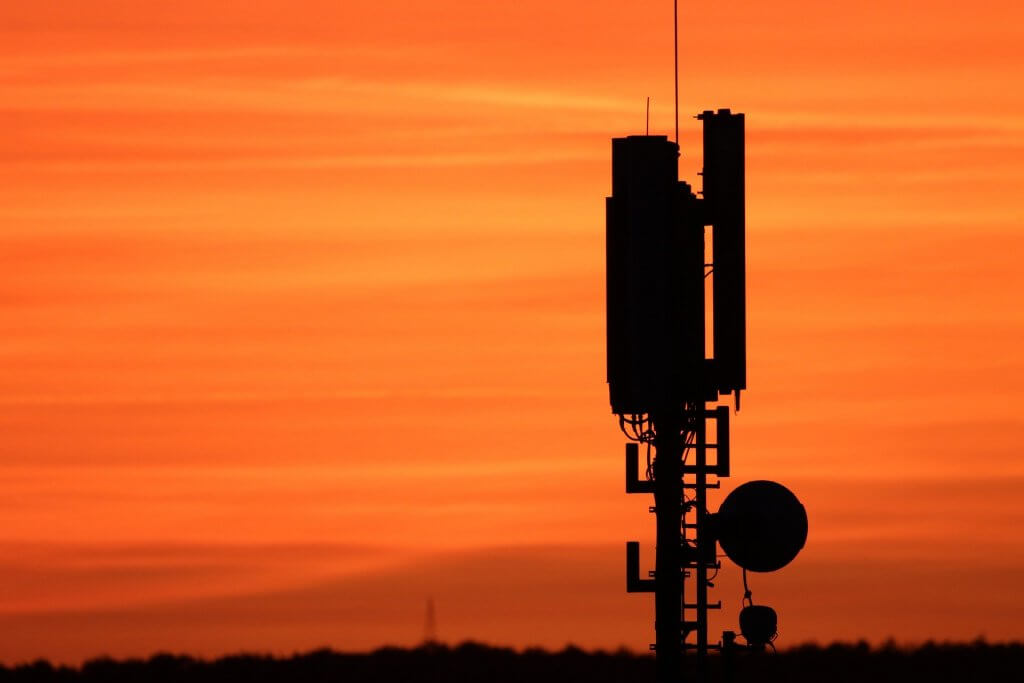The 2G/3G sunset is here. Operators across the globe have either already shut down their 2G and 3G
networks or are planning to do so in the coming years. Now is the time to start considering the alternatives and ensuring that they are suitable for your applications.
According to the GSMA, there are over 465 million unique mobile subscribers in Europe, equivalent to 85% of the population, which has created exponentially increased demand for the high-speed, high-bandwidth connectivity technologies these devices need to support the streaming, mapping and other “real-time” applications that users expect. As a result, every carrier has invested in more efficient LTE technologies that can facilitate these needs, but in order to free up spectrum for LTE and now 5G, they’ve been forced to sunset their legacy 2G and 3G networks.
For IoT solution providers, who have traditionally relied on 2G and 3G networks, the impact is great. As
legacy technologies disappear, providers must begin the daunting process of migrating their solutions
to an appropriate LTE option. But migration doesn’t have to be painful. In fact, with proper planning and
a comprehensive LTE migration strategy, IoT providers can not only sustain the success of their deployments but also reap the benefits that LTE has to offer. In this guide, we’ll answer your most pressing questions about network shutdowns and walk you through creating a network migration strategy to set your organisation up for success – now and in the future.
Why do MNOs phase out 2G/3G?
To free up spectrum for modern technologies that offer better cost and energy efficiency, enhanced functionality and an improved customer experience. To avoid having to maintain and modernise end-of-life 2G or 3G equipment, which offers a lower return on investment (ROI) than expanding 4G or deploying 5G. To reduce the operating complexity of running too many networks and reduce the range of devices that need testing, provisioning and supporting.
How does this affect IoT
The immediate impact on IoT solutions that have been reliant on 2G and 3G technology is a forced obsolescence of their existing connections. Some organizations are dealing with the 2G and 3G phase-outs by switching to carriers with later sunset dates to delay the migration. But what must be realized is that migration is a “when,”not “if,” scenario.
With 2G and 3G facing Global Sunset, IoT and M2M companies need to be ready and deploy new technology. IoT.Cards can help you, contact us at contact@iot.cards.



